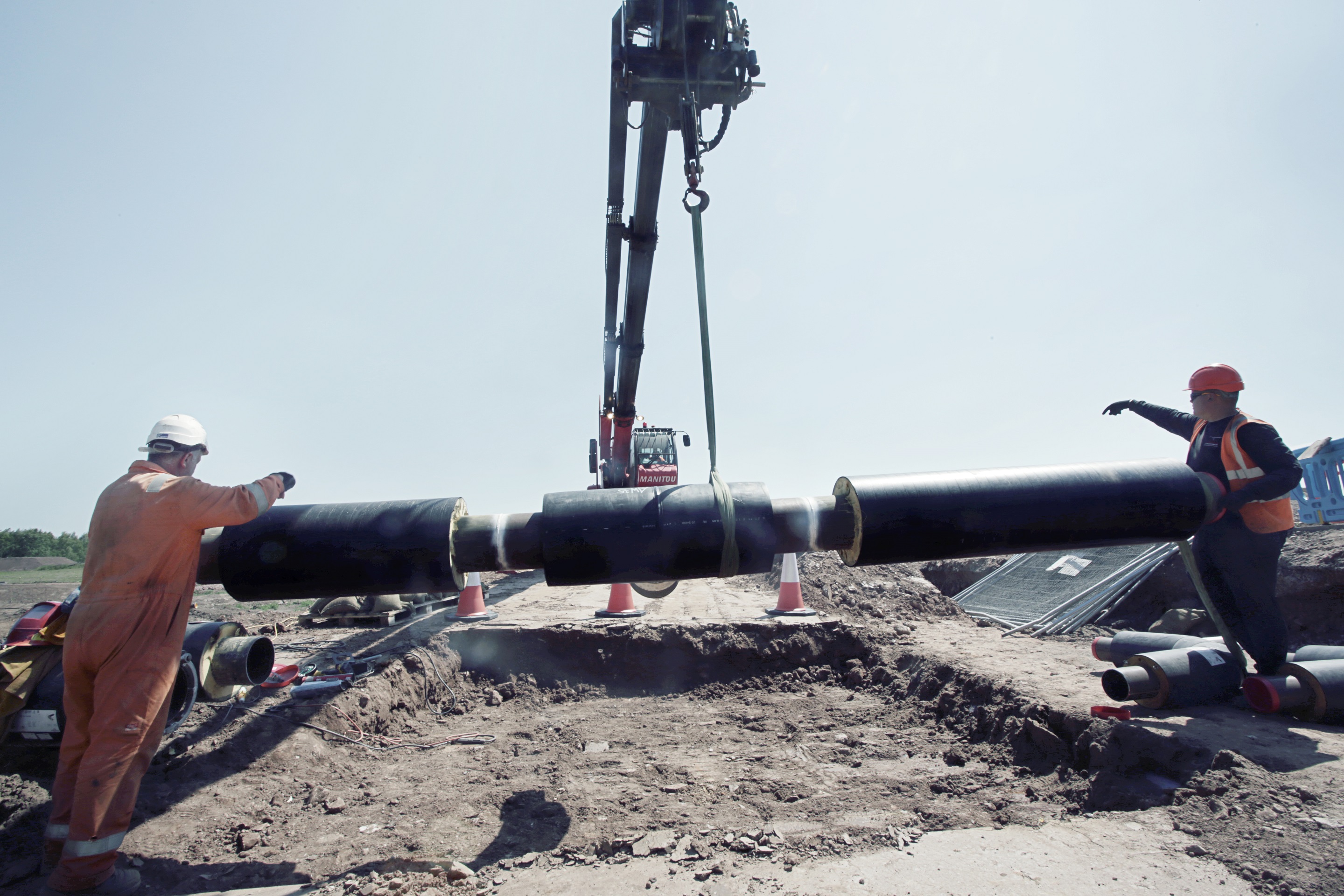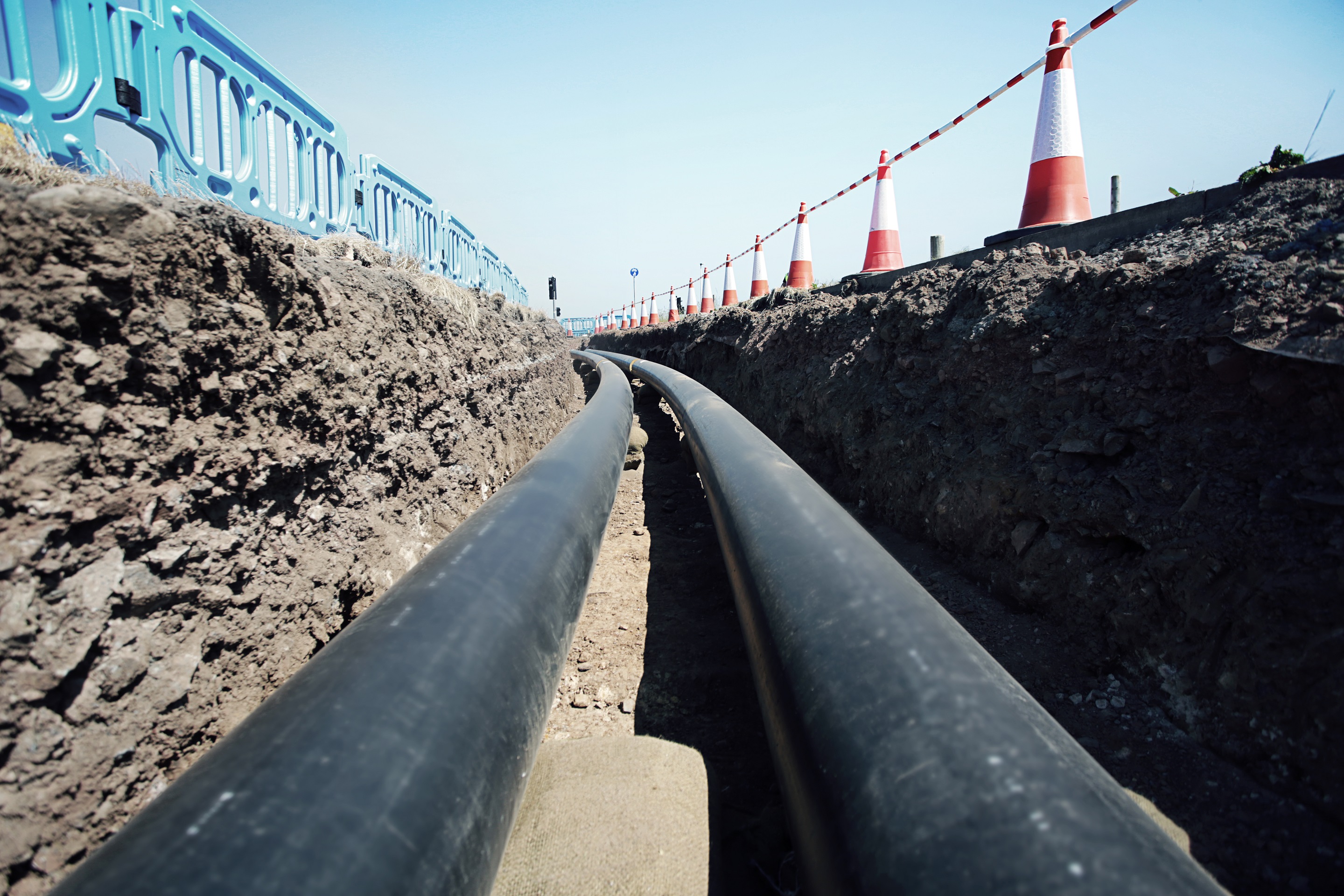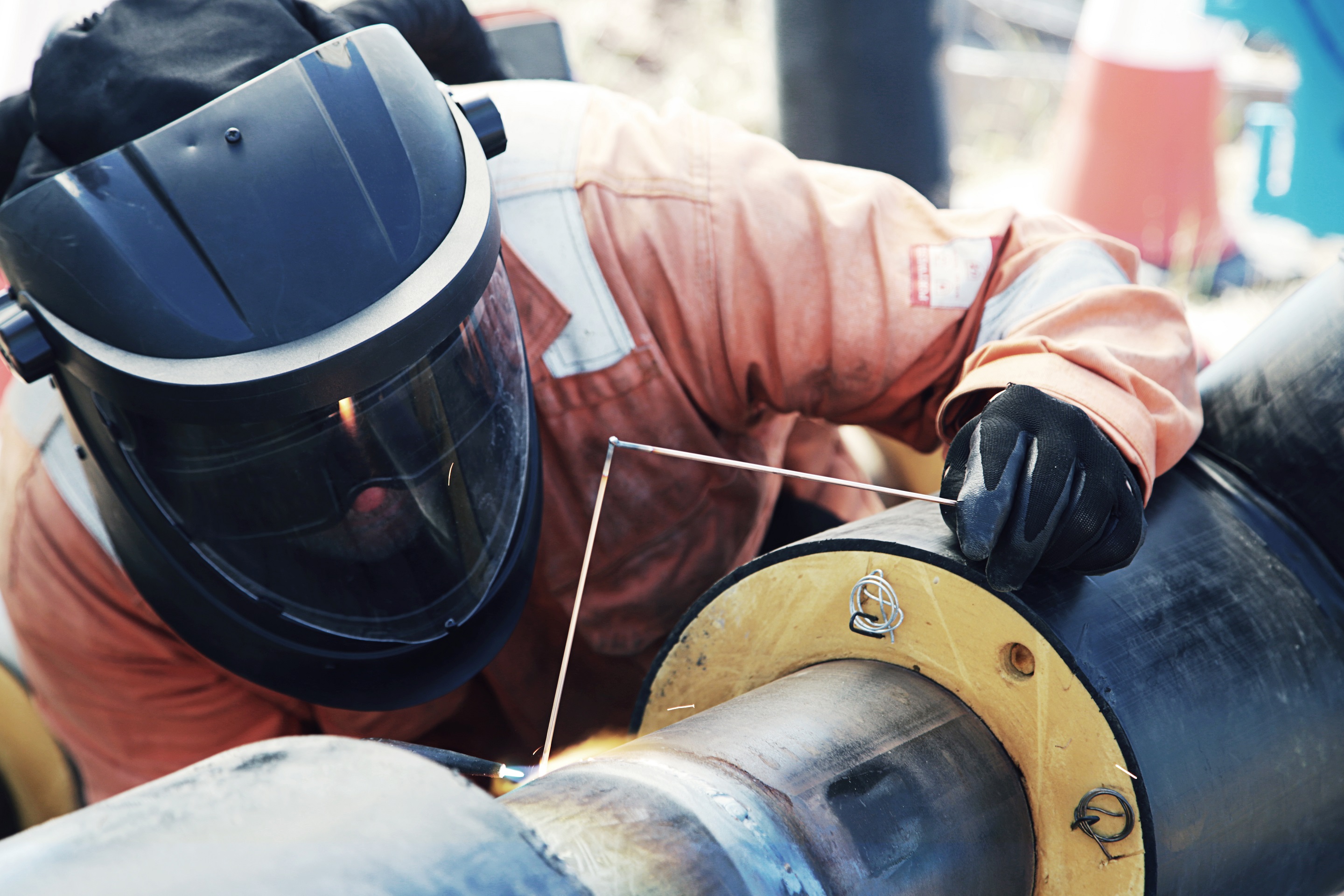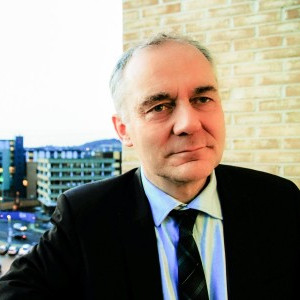Black’s Blog: Shawfair can be a catalyst for large-scale clean heating

The first pipes to supply the new Shawfair town in Midlothian with low-carbon heating were installed in July 2023
“The heat’s already there, we’re just moving it”. Jimmy Black mulls over a conversation with Eoghan Maguire, director of heat networks - Scotland at Vattenfall UK.
Getting people to work together is seldom easy, particularly when it involves money and hard decisions. It makes perfect sense to scoop up all the waste heat generated by industry, hospitals, waste disposal sites and use it to heat homes at low cost. But actually doing it is always likely to seem just too difficult. So we end up slinging in some storage heaters, or even heat pumps instead.

The new town of Shawfair is a real opportunity to show that heat networks can be done, in Scotland, on a large scale for domestic and commercial customers. Starting from scratch, Vattenfall UK, Midlothian Council and the Scottish Government are building recycled heat into an estate of 3,000 new homes. The heat comes from Millerhill recycling and energy recovery centre, and in time pumps may extract heat from old mine workings too for an expanded network.
You might say that doing this in a brand new scheme is a lot easier than retrofitting heat networks in old cities with sewers, electricity, gas, water and old watercourses hidden under the ground, and inadequately mapped. That would seem true, but Vattenfall UK aims to expand beyond Shawfair into traditional housing areas.
Eoghan Maguire from Vattenfall UK was our guest on the Scottish Housing News Podcast, and he believes there is a huge economic opportunity for Scotland with the expansion of heat networks across the country. Holes need to be dug, pipes need to be laid and that requires a local workforce. We need to train more specialist heat network engineers so that we have the skills and the people to get this right.
As always I did some research before the podcast and found to my surprise that heat networks don’t necessarily require a big fire, a boiler and steaming hot water. Innovative projects in Europe are using heat pumps to warm water slightly, circulating it through a network where a number of individual heat pumps bring it up to the right temperature. Circulating cool or cold water means less heat is lost in the network.

The Shawfair model has the advantage of plenty of available heat from the Millerhill plant, but still only operates at 60 degrees. That enables the network to add in other sources of heat (eg mines) more economically and work efficiently with heat pumps. Eoghan Maguire says: “We’ve designed a future-proof low-temperature heat network at Millerhill.”
Eoghan believes that householders will welcome a better service, and safer systems which will keep them warm and work much more efficiently. The network will provide heating and sort out problems when things go wrong. “I think that people don’t necessarily always consider this, but they’re buying a pretty raw commodity in gas. It’s a pretty explosive volatile fuel to take into your house to burn and boil an egg. It’s not necessarily the smartest or safest way to do things.”

How Shawfair town centre will look once completed
On a large scale with strong backing from investors and the government, it’s pretty clear that heat networks are the way to go in new build estates like Shawfair. Working out how to connect up our wonky old streets, Georgian and Victorian and New Brutalist and Colonial and Arts & Crafts and Parker Morris house types (to name but some) is a bigger challenge.
Maguire accepts that heat networks are not the appropriate solution in, say rural areas where houses are thinly spread. But we should be positive about heat networks in urban areas because, as he says: “Technically heat networks aren’t really difficult. It is just large-scale plumbing. The heat’s already there, we’re just moving it.”
A transcript of this episode is available here.
Further reading:
- Midlothian Council and Vattenfall form joint venture to deliver low-carbon heat to homes
- First pipes installed at Shawfair low-carbon heating project
The Scottish Housing News Podcast is co-hosted by Kieran Findlay and Jimmy Black. All episodes are available here as well as on the following platforms:









